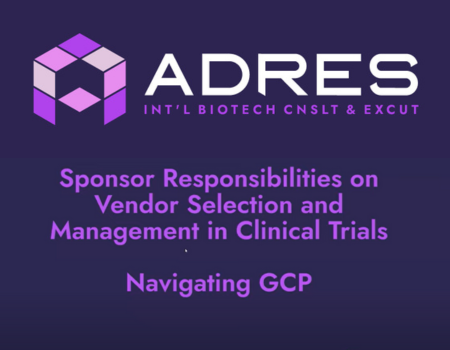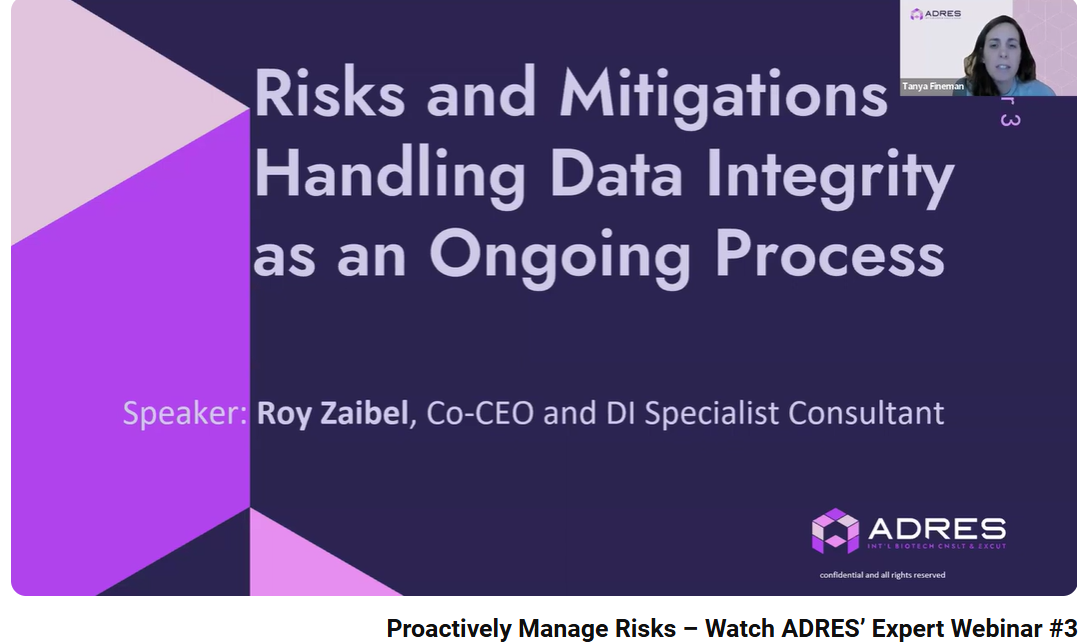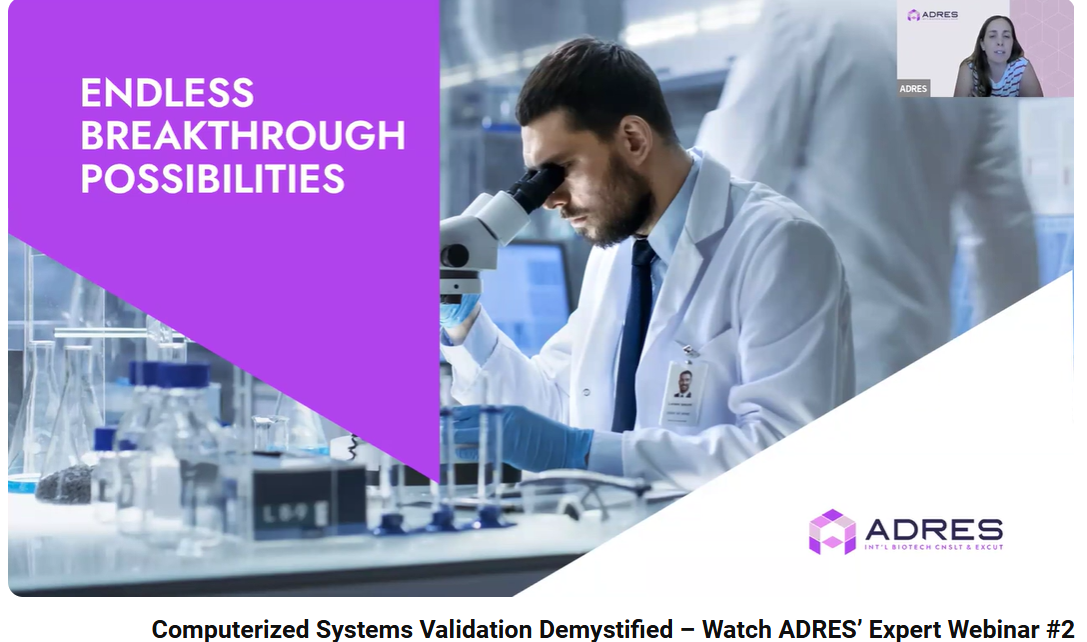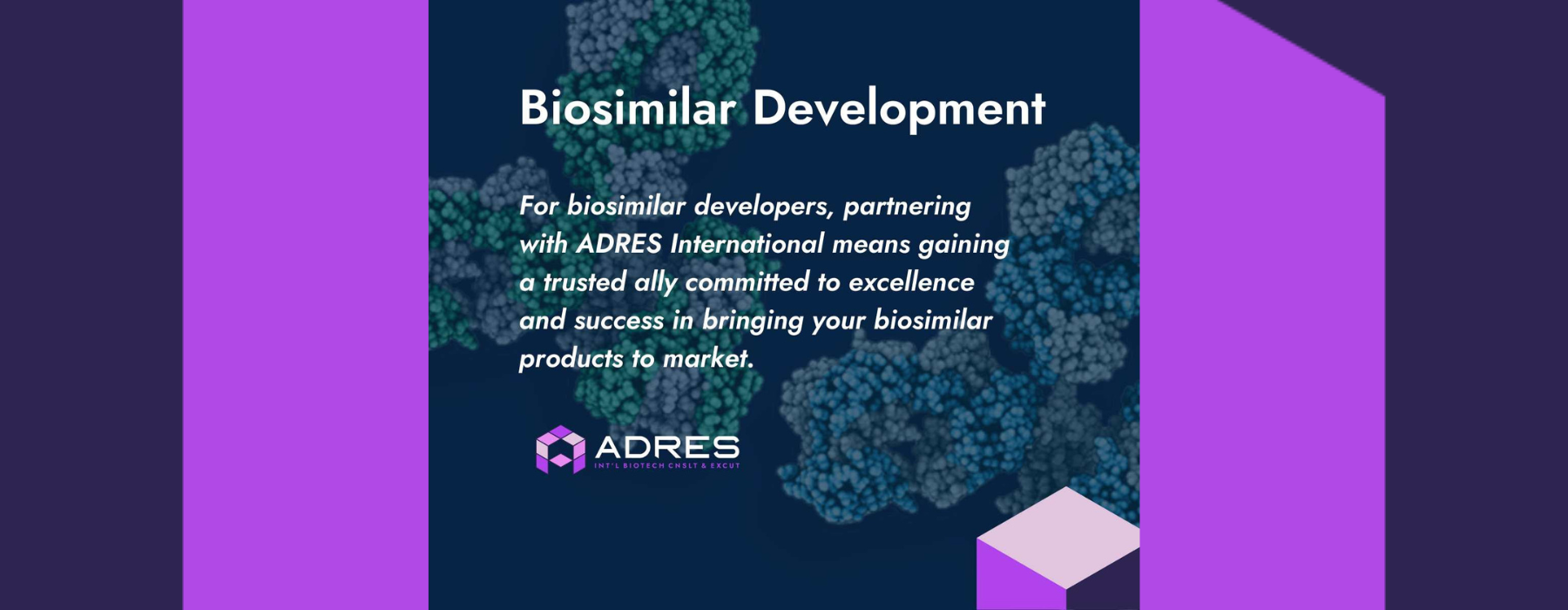Navigating GCP and GDPR in Vendor Selection: Key Responsibilities for Sponsors
This article draws on insights shared during a recent expert-led webinar featuring Rivka Zaibel, President and Founder of ADRES, and Diana Andrade, Founder & Managing Director of RD Privacy. Their combined expertise in GCP compliance and GDPR regulation provides a solid foundation for the following guidance on how sponsors can effectively navigate their responsibilities when selecting and managing vendors in clinical trials.
The Evolving Expectations in Clinical Trials
Recent updates to the ICH GCP guidelines, particularly Revision 3, have placed sharper focus on sponsor oversight. The revisions make explicit what was once implied: sponsors must proactively ensure that all aspects of a clinical trial—from design to data integrity—meet high standards of quality and regulatory compliance. This includes:
- Performing early risk assessments
- Conducting thorough vendor qualification and requalification
- Auditing clinical sites and operations
- Validating computerized systems
These activities are no longer optional best practices; they are regulatory expectations. Section 3.9.1 of ICH E6(R3) specifies that the sponsor must ensure that the trial design and conduct result in reliable data and the protection of trial participants. This translates to clear documentation, traceability, and robust systems that prevent, detect, and correct deviations.
What to Include in Vendor Contracts
Vendor agreements should function as both legal safeguards and operational playbooks. They must:
- Mandate adherence to trial protocols and regulatory standards
- Define data recording and retention responsibilities
- Allow audits and inspections by regulatory bodies
- Address cross-border data handling, language considerations, and time zone coordination
Sponsors must also establish clear lines of responsibility, especially in multi-vendor environments. Agreements should outline escalation procedures in case of deviations and ensure vendors agree to inspections by authorities such as the FDA or EMA.
Data Privacy is Everyone’s Business
GDPR adds another layer of complexity. Under this regulation, sponsors are data controllers—ultimately accountable for how personal data is processed throughout the trial lifecycle. Compliance requires:
- Rigorous due diligence on vendor security practices
- Data Processing Agreements (DPAs) to govern roles, responsibilities, and breach response protocols
- Transfer Impact Assessments (TIAs) and Standard Contractual Clauses (SCCs) for vendors outside the EEA
Documentation is critical. Sponsors must maintain a Record of Processing Activities (ROPA) and conduct Data Protection Impact Assessments (DPIAs) for each trial that poses a high risk to participant rights. During vendor audits, ensure subprocessors are disclosed and approved, and that policies for data subject rights and breach response are in place.
Guidance for Compliance: Beyond the Basics
The webinar highlighted best practices sponsors should implement:
- Integrated audits: Conduct GCP and GDPR audits in tandem to streamline oversight and avoid compliance gaps.
- Early engagement of a DPO: Data Protection Officers should review all processing activities and vendor contracts from the start.
- Policy-driven oversight: Sponsors should implement SOPs on breach notification, data subject rights, and subcontractor approval.
- Training: GDPR literacy among trial staff is essential, even for non-legal roles. Staff must recognize compliance risks and know how to respond.
Lessons from the Field
Vendor missteps can have serious consequences. In one illustrative case, a sponsor nearly enlisted a trial site with an unresolved FDA warning letter. The oversight could have been caught earlier through a regulatory check. In another example, unclear data transfer agreements led to delayed startup times across multiple geographies.
To avoid such issues, sponsors should treat vendor selection as a strategic decision, not just an operational one. Build in checkpoints for performance evaluation, require transparent metrics from vendors, and have a defined escalation path for compliance concerns.
Small Sponsors, Big Stakes
For small biopharma firms, the regulatory burden may feel outsized. But scalable solutions exist:
- Appoint a quality assurance lead early in development
- Develop a core set of SOPs tailored to your trial’s complexity
- Leverage experienced consultants for both GCP and GDPR compliance
- Use predefined audit templates and questionnaires to assess vendors systematically
- Invest in training so internal teams can identify and mitigate risks early
Small organizations can be just as compliant as large ones if they are proactive and strategic.
Conclusion
Vendor selection in clinical research isn’t just a procurement task—it’s a cornerstone of trial integrity and regulatory compliance. By approaching vendor partnerships with diligence, transparency, and foresight, sponsors can safeguard not only their studies but also the rights and data of their trial participants.
Compliance, in the end, is not a box-ticking exercise. It’s a mindset. Sponsors who embrace this will be better equipped to navigate the increasingly complex terrain of global clinical research.
Looking for expert guidance?
🔹 Connect with ADRES for strategic GCP and quality assurance support tailored to startups and growing biopharma companies. www.adres.bio
🔹 Need help with GDPR compliance? Reach out to RD Privacy for hands-on support in data protection strategies and vendor oversight across clinical trials. www.rdprivacy.com









 Why does this matter?
Why does this matter?  Reflecting the market’s confidence,
Reflecting the market’s confidence, 

